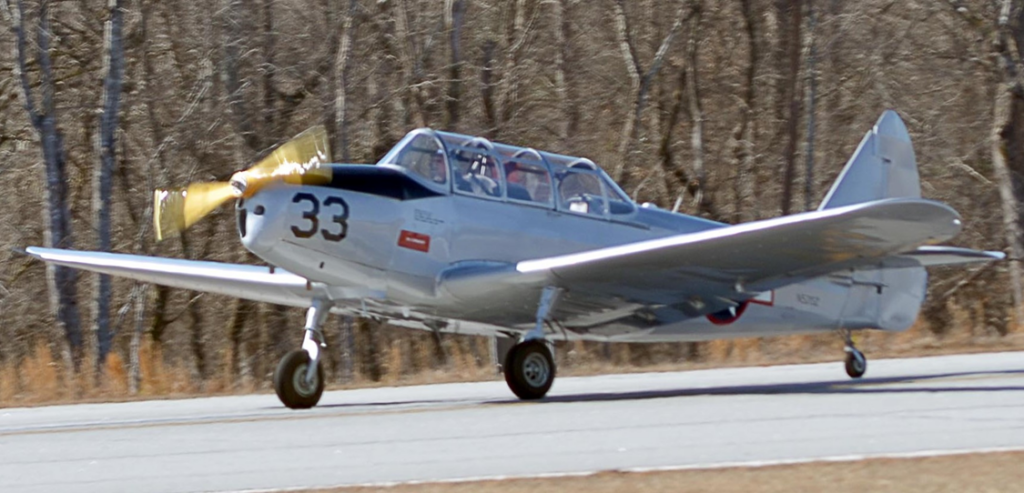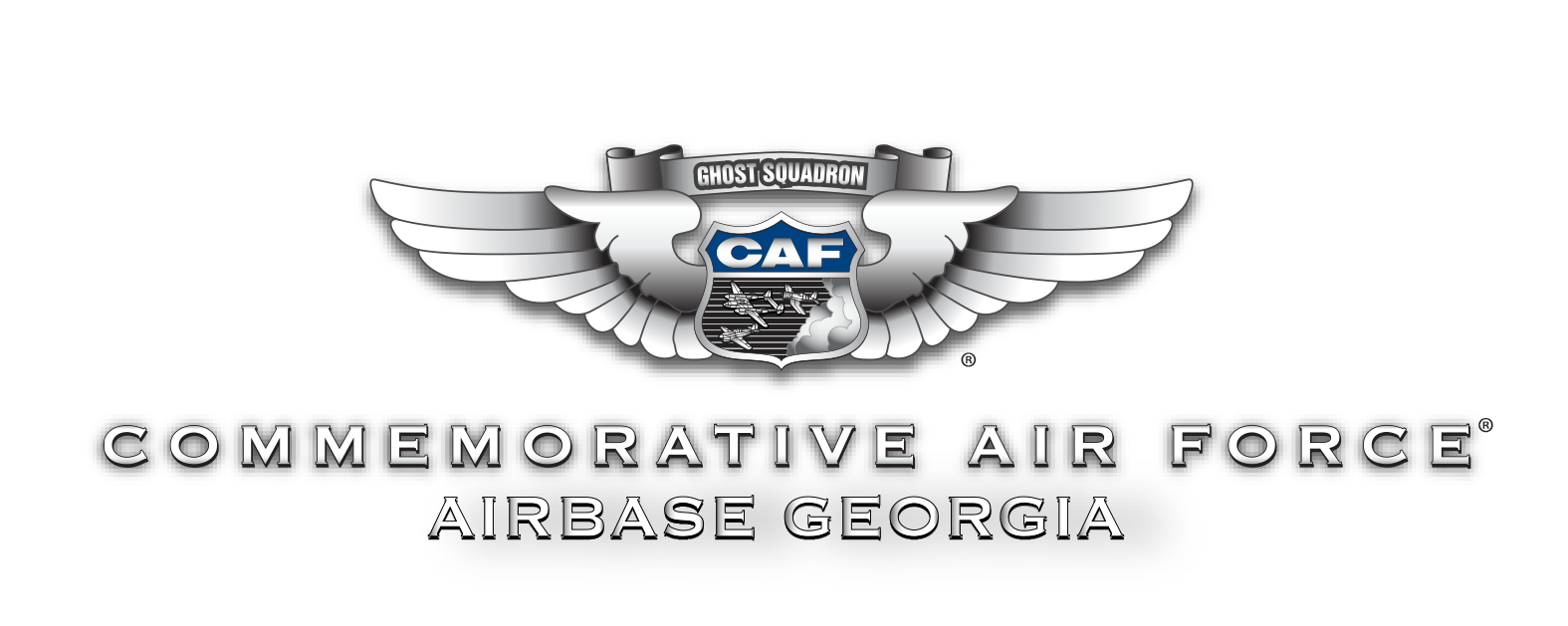Our primary trainer with documented history training Tuskegee Airmen

History and Development
The Fairchild PT-19 was a primary trainer aircraft used by the United States Army Air Forces during World War II. The PT-19 series was developed for the U.S. Army Air Corps in 1940 as part of its expansion program. It was a more advanced type of aircraft; inexpensive, simple to maintain and with virtually no bad flying characteristics. It was one of several primary trainer designs that enabled cadets to become pilots during WWII. The cantilever, low-wing monoplane had a fixed landing gear and a tailwheel assembly; the plane featured tandem seating and an open cockpit. The simple but rugged construction included a fabric-covered, welded steel tube fuselage for strength. The remainder of the aircraft used plywood construction, with a plywood-sheathed center section, outer wing panels and tail assembly.
The PT-19 truly lived up to its nickname, the Cradle of Heroes. It was one of a handful of primary trainer designs that were the first stop on a cadet’s way to becoming a combat pilot. Thousands of the PT-19 series were rapidly integrated into the U.S. and Commonwealth training programs, serving throughout World War II and beyond. Even after their retirement in the late 1940s, a substantial number found their way onto the U.S. civil register.
General characteristics
- Crew: two (pilot, student)
- Length: 28 ft 0 in (8.53 m)
- Wingspan: 36 ft 0 in (10.97 m)
- Height: 10 ft 6 in (3.20 m)
- Wing area: 200 sq ft (19 m2)
- Empty weight: 1,845 lb (837 kg)
- Gross weight: 2,545 lb (1,154 kg)
- Powerplant: 1 × Ranger L-440-3 6-cyl. inverted air-cooled in-line piston engine, 200 hp (150 kW)
Performance
- Maximum speed: 115 kn (132 mph, 212 km/h)
- Range: 350 nmi (400 mi, 640 km)
- Service ceiling: 15,300 ft (4,700 m)
- Time to altitude: 17.5 min to 10,000 feet (3,000 m)
Our Airplane

PT-19A Serial# 42-83551 was manufactured by Fairchild in Hagerstown, Md., accepted by UAAAF 11-16-43, delivered to Tuskegee Ala., Moton Field 11-1943.

Tuskegee Airmen
The aircraft with tail number 42-83511 was accepted by the USAAF on November 16, 1943, and was delivered to Moton Field, Tuskegee Ala., November 19th 1943, where it was used for training purposes by the Tuskegee Airmen for a period of six months from November 1943 to April 1944.
91 Single Engine (SE) Pilots and 54 Twin Engine (TE) pilots, a total of 145 in all from the graduating classes 43-K (DEC. 1943) thru 44-D (April 1944), were in training at Moton Field during its stay. The Single Engine (SE) Pilots after graduation became members of the 99th Pursuit Squadron, or joined the 100th, 301st, and 302nd to form the 332nd Fighter Group. While the Twin Engine (TE) pilots became part of the 477th Bombardment Group comprising of the 616th, 617th, 618th, and 618th Squadrons.
After the War
PT-19 42-83511 was declared surplus in 1945. Since then it had several private owners, upgrades, and restorations. One was the inclusion of a modified closed cockpit like the later model PT-26, which allowed flying in inclement weather.
On 1 August 1991, Hardy L. Daniels Jr. applied for a FAA “N” certificate and was given “N5215Z” on 12 June 1998, which it carries today.
On 16 November 2006, the Commemorative Air Force (CAF) Airbase Georgia acquired the PT-19A. It flew throughout the Southeast at airshows and fly-ins, offering rides to the public, until it was brought back to the shop for its restoration, which started in 2022.
2022 Restoration
The aircraft was completely disassembled and inspected. The horizontal stabilizer, some supporting wood structures and all canopy glass were replaced. The aircraft was then re-covered with polyester fabric, primed with a UV protectant and painted with Ranthane silver polyurethane.
After new weight-and-balance calculations and final inspections, retired Air Force Major Gen. George Harrison, an Airbase Georgia pilot, was cleared to conduct a ground engine test and then take off for the first flight! After two years of dedicated restoration work, Fairchild PT-19A, serial number 42-83511, took to the skies again at Atlanta Regional Airport – Falcon Field, in Peachtree City on Jan. 18th, 2024.

For more information about the Tuskegee Airmen who flew our airplane, click here.
The sparkplugs for our PT-19A were kindly donated by the Tempest Aero Group.

